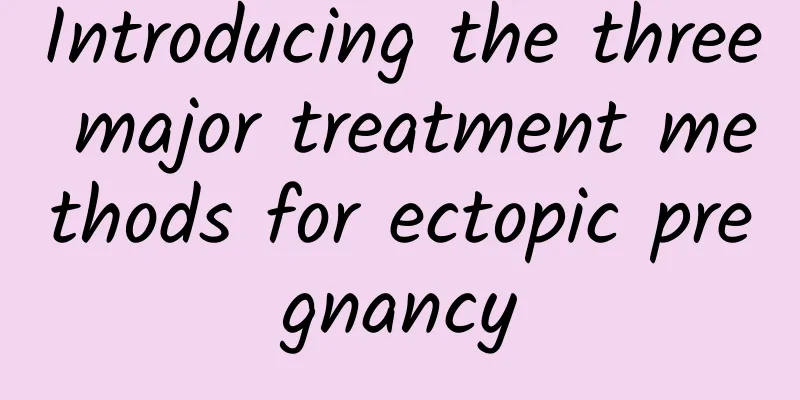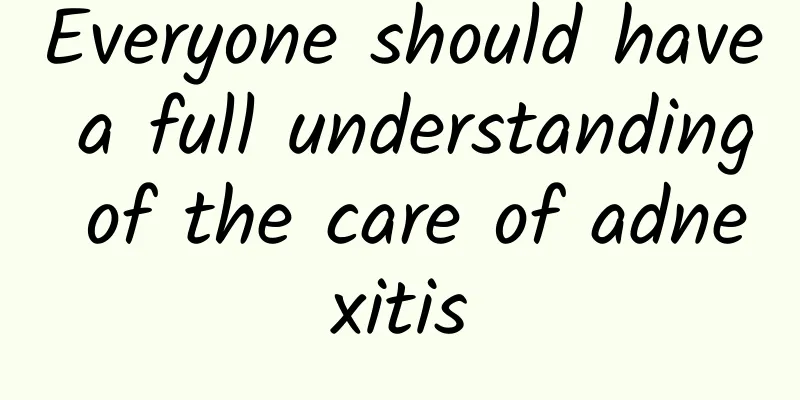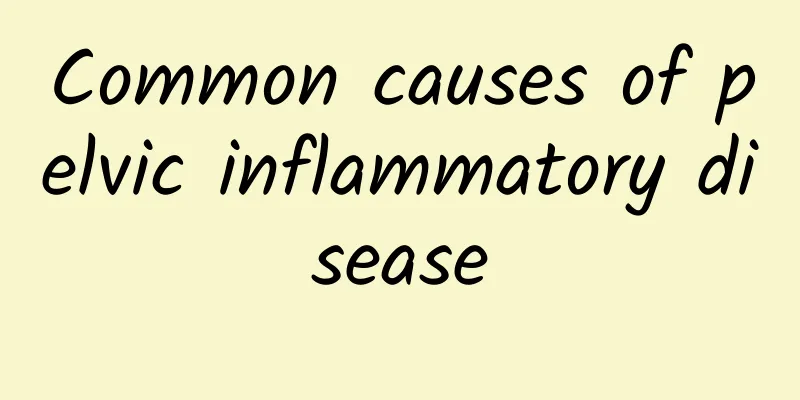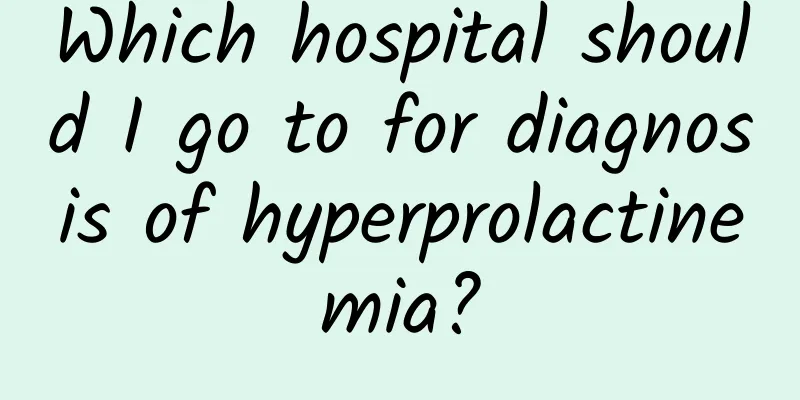Introducing the three major treatment methods for ectopic pregnancy

|
Ectopic pregnancy has had a great impact on our lives, so for patients, the first thing to do is to know the treatment methods of ectopic pregnancy . What are the treatment methods for ectopic pregnancy? Let’s take a look at the treatment methods for ectopic pregnancy. 1. Conservative treatment. Conservative treatment is one of the treatment methods for ectopic pregnancy. It mainly refers to the use of drugs to cause necrosis of the gestational sac. Commonly used drugs now include oral mifepristone and intravenous methotrexate. Mifepristone can antagonize progesterone, causing necrosis of the gestational sac that depends on progesterone development and miscarriage. Methotrexate can interfere with DNA synthesis, inhibit trophoblast proliferation and cause their death, thereby stopping the development of ectopic pregnancy embryos. Advantages: Conservative treatment, the method is relatively simple, easy to operate, has a high acceptance rate, is non-traumatic, has few side effects, and has an effective rate of about 70-90%. It is suitable for those with a small gestational sac and an unruptured gestational sac, and the effect is certain. Disadvantages: There are problems such as a high incidence of persistent ectopic pregnancy after treatment, a long treatment period, and narrow indications. 2. Surgical treatment, divided into two treatment methods for ectopic pregnancy: laparotomy requires epidural anesthesia, and treatments such as fallopian tube removal and fallopian tube fenestration are performed. Fenestration also has problems such as incomplete resection during the operation. Laparoscopy is performed under general anesthesia, which is relatively less traumatic. Like pelvic treatment, it is gradually replacing laparotomy and other surgical treatments. The problem with surgery is that the anesthesia risk is high, the trauma is large, and the removal of the fallopian tube is not suitable for those who want to have children. 3. Interventional treatment. Most patients now use interventional treatment for ectopic pregnancy. 1) Vascular interventional treatment is to make a 2mm incision at the root of the thigh under local anesthesia, insert the catheter into the uterine artery superselectively through femoral artery puncture, perform methotrexate infusion, and use gelatin sponge for unilateral or bilateral uterine artery embolization to cut off the gestational sac's nutritional supply and destroy the gestational sac. The necrosis of the gestational sac can be absorbed by itself, and most of the salpingography is unobstructed after the operation. Vascular interventional treatment delivers the drug directly into the gestational sac, with a small dosage and a high local concentration, and almost no side effects; small trauma, immediate hemostasis, and can kill the gestational sac at the same time, with reliable efficacy, and a clinical effective rate of 89-100%; high re-pregnancy rate, almost no effect on the fallopian tube, postoperative fallopian tube patency rate of 66-91.67%, low complications, and the rate of re-ectopic pregnancy on the same side is about 8.3%. 2) Non-vascular intervention: refers to inserting a special catheter into the affected fallopian tube through the vagina, cervix, and uterine cavity under X-ray examination, and then injecting methotrexate and other drugs to achieve the purpose of treating tubal pregnancy. Non-vascular interventional treatment of ectopic pregnancy does not require surgery, no trauma, no pain, no anesthesia, only a few catheters and guide wires are needed to deliver drugs to and around the gestational sac, directly killing the embryonic tissue, with a small amount of drugs, minimal side effects, and an effective rate of 77.8-100%. Most fallopian tubes are unobstructed and do not affect future pregnancy. This is of great significance for people who have fertility requirements. 3) Ultrasound interventional treatment: Under ultrasound guidance, a fine needle is used to puncture the gestational sac, amniotic fluid is withdrawn, and diluted methotrexate is injected to kill the embryo. This method is simple and easy, only one needle is needed, there is almost no pain, the drug is directly delivered into the gestational sac, destroys the gestational sac, and the effect is thorough. The effective rate is about 90% or more, and there are almost no side effects. However, it is not suitable for patients with large masses or ruptured bleeding. The above information is about the treatment of ectopic pregnancy. I hope you can spend more time to read these treatments of ectopic pregnancy. Generally speaking, the treatments of ectopic pregnancy introduced by the experts here today will be of great help to you. Here I wish you a speedy recovery. |
<<: Which female compatriots are prone to ectopic pregnancy
>>: What are the specific symptoms of pelvic inflammatory disease?
Recommend
What are the nursing methods for senile vaginitis?
Vaginitis is a common gynecological disease, and ...
What are the diagnostic criteria for pelvic peritonitis?
A disease that is easily induced by female friend...
How does TCM treat irregular menstruation in women?
How does TCM treat irregular menstruation in wome...
Boiled eggs are nutritious, but can the elderly only eat boiled eggs? Nutritionist Zhao Hanying reveals: 3 NG ways to cook eggs
Boiled eggs are simple to make and are one of the...
How to check for pituitary amenorrhea
There are many reasons for female amenorrhea, one...
My period has lasted for more than 10 days. What should I do?
My period has lasted for more than 10 days. What ...
Attention, overworked people! Preventing "Winter Melon-type" Obesity
■ Where is fat Compared with the first three body...
Is there any danger of uterine fibroid calcification? Is uterine fibroid calcification a good thing or a bad thing?
Uterine fibroids are a common benign tumor in gyn...
How to identify bacterial vaginosis early
Bacterial vaginitis is a common type of vaginitis...
Chocolate cysts will definitely recur. How to prevent chocolate cysts from recurring?
Although the recurrence rate of chocolate cyst is...
What are the symptoms of ovarian cyst torsion?
What are the symptoms of ovarian cyst torsion? Ov...
Explain the main factors affecting the cost of abortion surgery
The cost of abortion is also a matter of great co...
Learn to get rid of these causes of irregular menstruation
Female friends are originally feminine, and they ...
Can female cervical erosion be cured without treatment? Specific precautions for treating cervical erosion
Cervical erosion is not a true physical erosion, ...
How to treat cervical erosion of degree 3 in women? 3 best treatments for cervical erosion of degree 3
I believe many female friends know about cervical...









